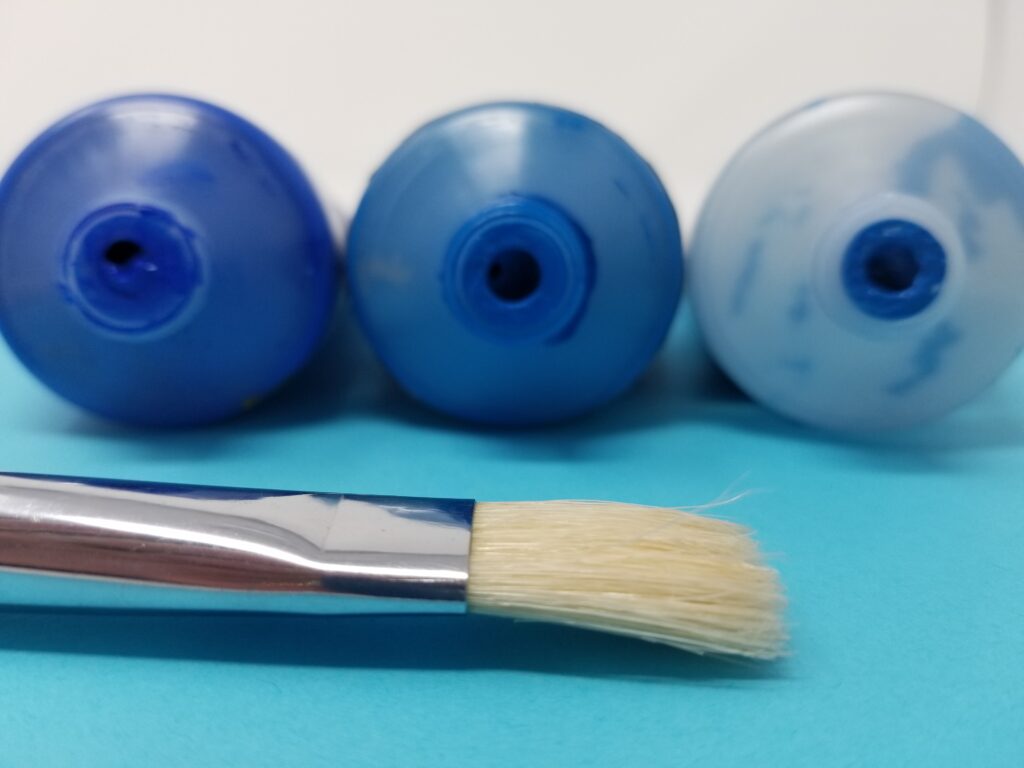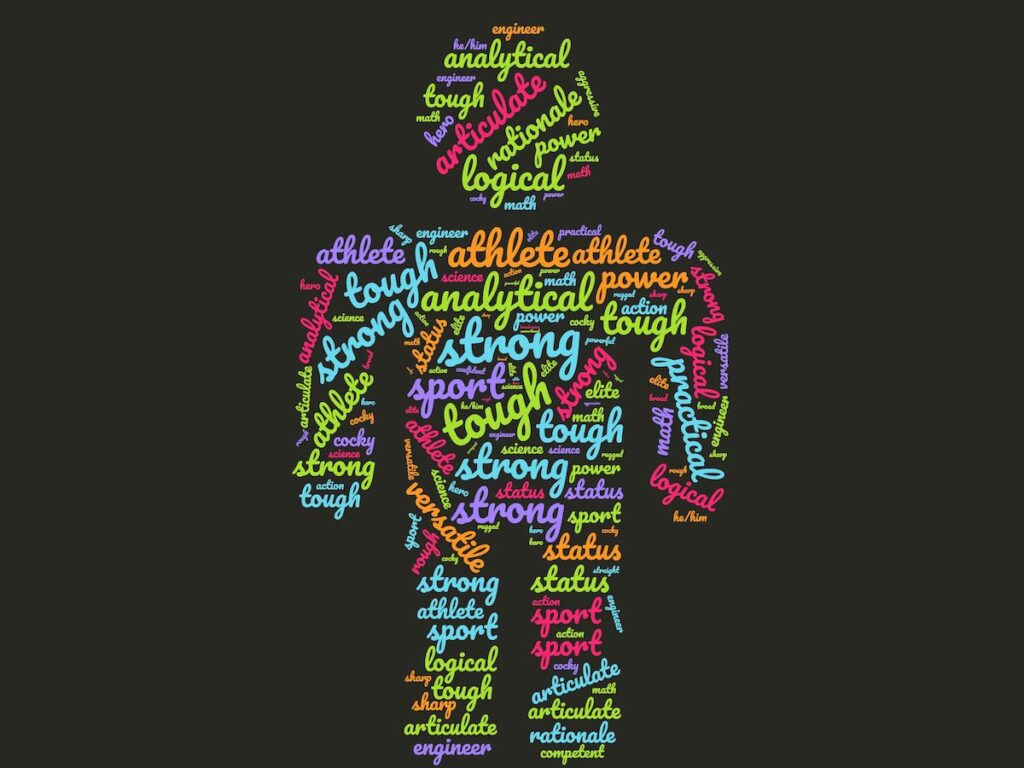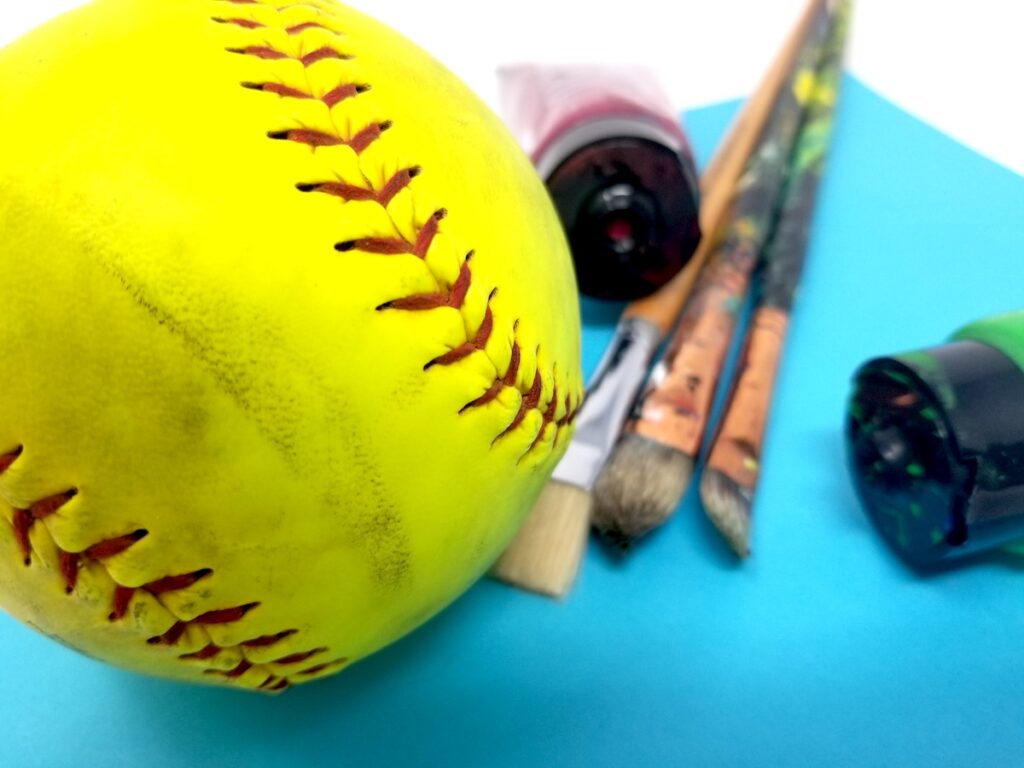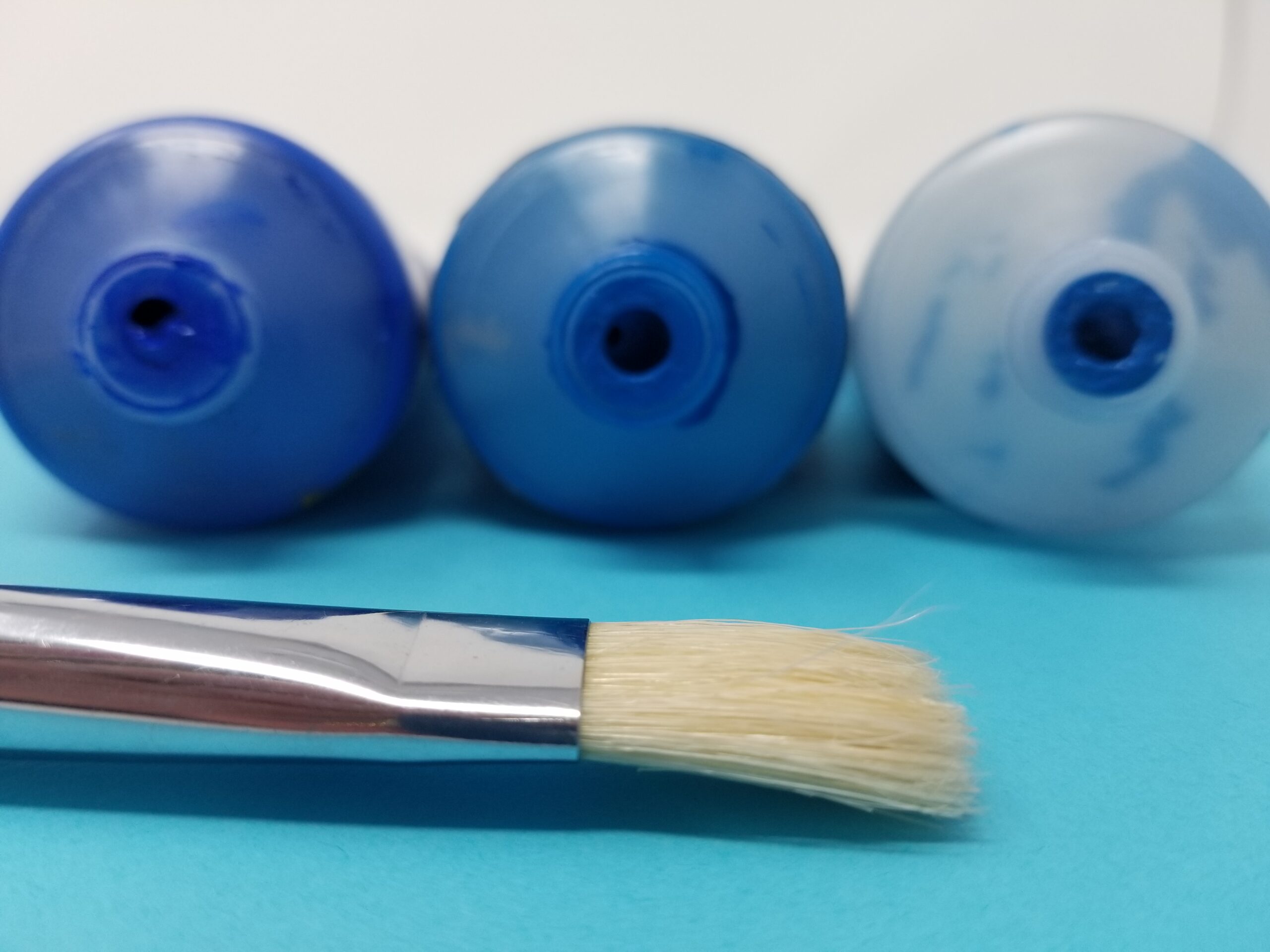Students’ interest in the fine arts ebbs and flows. One year students love to draw the next they would rather write, the following they might prefer to try out an instrument. When it comes to visual art, however, student interest and success might be fueled by individual desire to express visually, the support (or lack thereof) from family, or a sense of success from their work. I have often wondered, outside of my own experience, what motivates students to continue their visual art studies? How can I help students tap into their natural talents so they see visual art as a part of their lives or careers, and not just in the art classroom?
But what if the biggest predictors for students pursuing art isn’t even about the artwork or the field itself?
Outside of well-documented biological differences between males and females, could socially-constructed ideas about gender be a factor? More specifically, could traditional gender roles and societal expectations for males and females be impacting students? Gender identity can influence how a person thinks, acts, and is treated. As an educator, it’s important to consider what role gender identity can play in the art room.
Let’s start in kindergarten. Art is typically a required course for students through elementary school until they can pick some courses as they progress through middle school and beyond. As most schools only record male or female gender and do not include non-binary students, everyone is presumably starting together with a fifty-fifty gender balance. By the end of high school, however, the courses can look significantly different.

So, what happens between the starting point in kindergarten and the next several years creating this significant imbalance of participation in art courses? The answers will range depending on the student, perhaps their sex, but it’s worth considering the potential, socially-constructed circumstances that could be impacting your students’ futures in art.
Why there might be fewer boys taking art:
Other Courses
One obvious answer might be the lure of other courses. The increase of STEM programs, like Project Lead The Way which is now in schools across the country, could be taking male students away from art programs. STEM studies and careers have long been male-dominated, and while efforts have been made to increase female involvement, the imbalance still exists. If there is a curricular offering in a field so dominated by males, how could that influence the students’ choices? Could they feel like they even have a choice?

Stereotypes
How students perceive themselves and artists could also impact male enrollment. Males are often shaped to be “strong” and “tough,” which can contradict a common stereotype of artists being “emotional” and “soft.” When male students are asked to be expressive or emote in their work, it can challenge messaging they’ve received since birth creating discomfort. While some students can grow through this process, it could also be turning some male students away. Similarly, male artists are often thought of as LGBTQ+, and a student’s fear or homophobia could impact their perception of being of an artist. A male student may fear what it means if they are good at art or if others think of them as an artist.
The Cool Factor
If you consider how gender stereotypes impact male students, then you have to ask, “Is it cool for a male student to be good at art?” Social awareness really develops for students during the middle school years, and peer pressure becomes very present. Bullying and the desire to fit in can weigh heavily on students as they navigate their peers and community. Unlike a writing prompt, student’s art is often being created in the open where everyone can observe their progress and product. Could the visibility of student work set them up for negative judgments from their peers?
Athletics vs. Art
As a fine arts administrator, it is a common misperception that sports and the arts are at opposite ends of a spectrum, and a person is either one or the other. While there are many athletes who debunk this trend, like Dwight White and Ernie Barnes, this phenomenon remains rare. As students continue getting involved in sports throughout their schooling, could that be pulling them away from the arts?

Gender Representation
Who students see represented in their space can play a key role in developing their beliefs. They are likely to encounter few male art teachers. Enrollment data to date from The Art of Education University shows less than 9% of enrollment has been male-identifying teachers. Could the lack of male art teachers be impacting male student enrollment in art classes? In my experience, it is not uncommon for a student to enroll in a course because they like the teacher, and students typically like someone with whom they identify. Perhaps more male students would pursue art education if there were more male art teachers in classrooms?
Other considerations
In addition, there are a number of other factors to consider adding to this complex pattern:
- Who else in your school could be influencing student perceptions of art and artists? For example, counselors, teachers, administrators, etc.
- How are male artists and/or artwork represented in the curriculum?
- What gender roles and stereotypes do you see present in your local and school community?
- How are the arts perceived in your school community?
- What role do you play in the perception of the arts in your school community?
- What biological differences exist between male and female sex that could be connected to the arts?
As art programs continue to evolve in schools, it’s important to continuously look at enrollment. Strong enrollment is critical to the vitality of a program. It’s important to consider how to engage missing student populations or those underrepresented in your classroom. There isn’t a clear answer, and the root causes for each individual student leaving the arts could be different. Yet, even without a specific action plan, it’s worth considering the role gender can play in art education to support all of your students.
How could this pattern domino and impact post-secondary programs and creative careers?
Why do you think there is a gender imbalance in the AP Studio Art portfolio submissions?
Magazine articles and podcasts are opinions of professional education contributors and do not necessarily represent the position of the Art of Education University (AOEU) or its academic offerings. Contributors use terms in the way they are most often talked about in the scope of their educational experiences.





